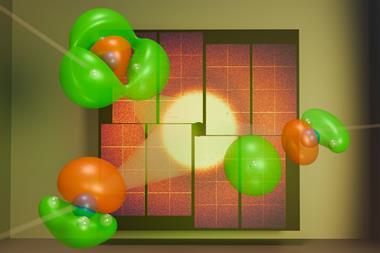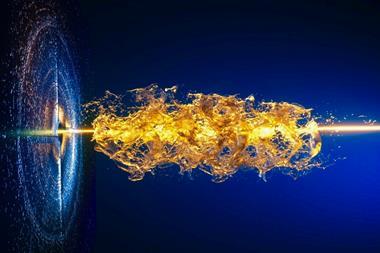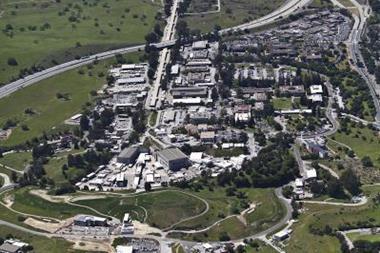The turn-on of the world’s fastest and brightest x-ray free electron laser (XFEL) has been delayed by an accident that left a worker injured and hospitalised on the morning of 27 December 2022. A spokesperson for the SLAC National Accelerator Laboratory in the US says that the cause was an ‘electrical incident during maintenance activities involving high voltage equipment’. According to the San Francisco Standard a high-voltage electric arc struck an electrician who was shutting down power to the lab and disfigured them.
Mike Dunne, director of the SLAC Linac Coherent Light Source (LCLS) XFEL, said the incident happened during the facility’s annual closure during the Christmas and new year period. At a public meeting at the Royal Society in London, UK on 30 January, he said that the situation was ‘very unfortunate and troubling’.
Dunne is leading the LCLS-II upgrade, which he said at the Royal Society had taken 10 years and cost just over $1 billion (£820 million) in total. The upgrade to the XFEL will increase the frequency and brightness of its x-ray pulses 10,000-fold. Combined with the fact that x-ray wavelengths are about the size of an atom, the improvements will enable experiments to study important chemical processes with remarkable time resolution. Studies including spectroscopy and diffraction will be able to follow reactions and produce molecular movies capturing details lasting a few femtoseconds, or quadrillionths-of-a-second.
Dunne noted that the accident wasn’t directly related to LCLS-II. He added that everyone that worked at SLAC was still recovering from the consequences. ‘As a lab, we have to reflect on how a serious accident happened and what it means for our programmes,’ Dunne commented. The US Department of Energy is now investigating the incident and will issue a report in coming months, the SLAC spokesperson says.
In an article in New Scientist in December 2022, Dunne said that he had hoped that LCLS-II would produce its first record-breaking x-rays in February or March 2023. At the Royal Society meeting he said that the LCLS-II team was now projecting late April for turn-on.
Safety complaints
The San Francisco Standard obtained details issued in a report from the DOE, which in August 2022 awarded Stanford University a $3 billion five-year contract to run SLAC. The report states that co-workers heard the electrical arc, rushed to the scene, and called emergency services.
A separate DOE notice says that the electrician was working on the wrong part of the circuit, the Standard reports. ‘In addition, the injured worker was not wearing the required shock hazard and arc flash hazard [personal protective equipment] at the time of the incident,’ the notice continues.
However, the latest incident follows a series of accidents and complaints about safety at SLAC, the Standard reports, including a ‘significant hand injury’ to an employee operating machinery in April 2022. ‘The lab has worked to respond to safety incidents with both immediate and long-term actions to ensure the ongoing safety of all conducting work onsite,’ a SLAC spokesperson tells Chemistry World.
Meanwhile, SLAC lab director Chi-Chang Kao, who had previously intended to stand down in October 2023, has now left his role, according to the Standard. Stephen Streiffer, Stanford University’s vice president for SLAC since June, will serve as interim director during the search for a new director, the Standard reports.
‘Dr Kao decided to step down earlier than expected for unrelated personal reasons,’ the SLAC spokesperson tells Chemistry World. However, the December 2022 accident recalls DOE criticism of SLAC in 2004 for overlooking safety violations to push its research ahead.
The name of the SLAC National Accelerator Laboratory was corrected on 10 February.

















No comments yet